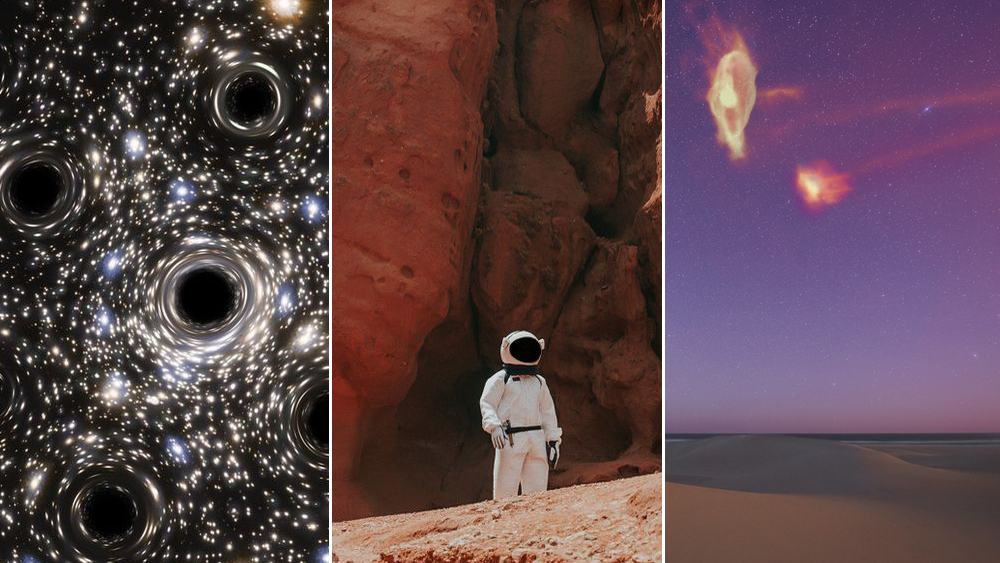This has been a busy week, with the launch of the DART mission for the NASA and another unforeseen hit in James Webb’s release schedule. The US agency also made some important announcements, such as inviting companies to propose ideas for a nuclear fission reactor to be used in the future human camp on the Moon.
To delight our eyes, NASA also shared a fabulous image of Mars, taken by the Curiosity rover and post-processed with “false” colors, which resulted in a true postcard of the Red Planet.
Check out these and other highlights from this week’s space news!
Want to catch up on the best tech news of the day? Access and subscribe to our new youtube channel, Canaltech News. Every day a summary of the main news from the tech world for you!
Some scientists look for evidence of primordial black holes, which would have formed early in the universe. It remains to be seen whether they actually exist, but a new study claims they do, and more: they may have “eaten” chunks of the Moon, and even Earth!
According to the new hypothesis, these tiny black holes traveled at high speed through the cosmos and passed through various objects, making a hole in them thanks to the intense force of their gravitational field. But they would be so small that they would not be able to “swallow” large objects like our natural satellite, but would have left craters different from those left by asteroid impacts.
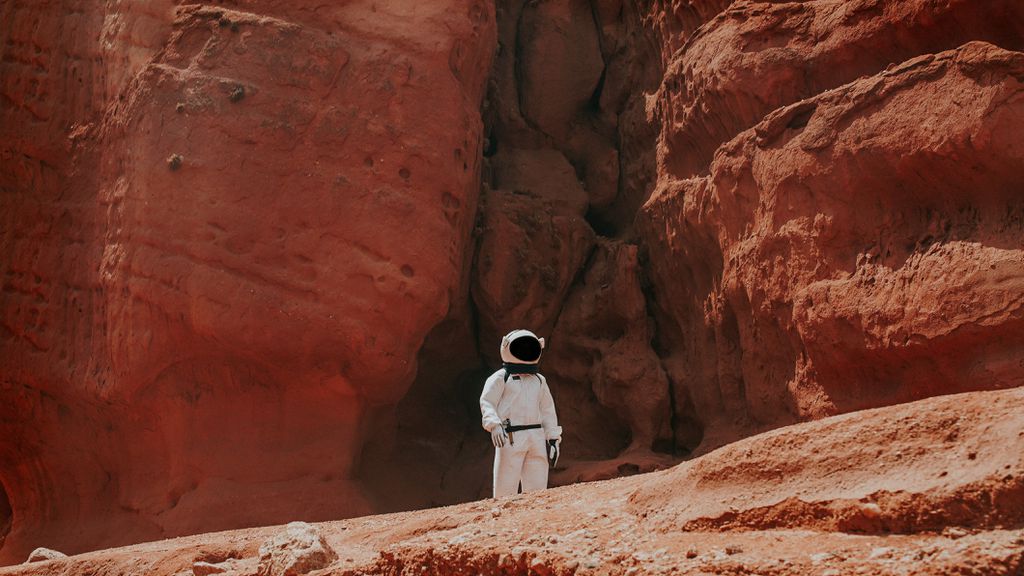
To make Mars a planet habitable by humans, the Red Planet needs to have a stronger magnetic field than the one there. A new study suggested that this could be done with a little help from the Martian moon Phobos. The idea is to ionize particles from the surface of the natural satellite and take advantage of its orbit around Mars.
Phobos completes a circle around the planet every 8 hours, so scientists calculate that by accelerating the ionized particles, a torus of plasma would be created along the orbit of Mars. This would be enough to create a strong magnetic field, capable of shielding the Red Planet from radiation, and enabling its terraforming.
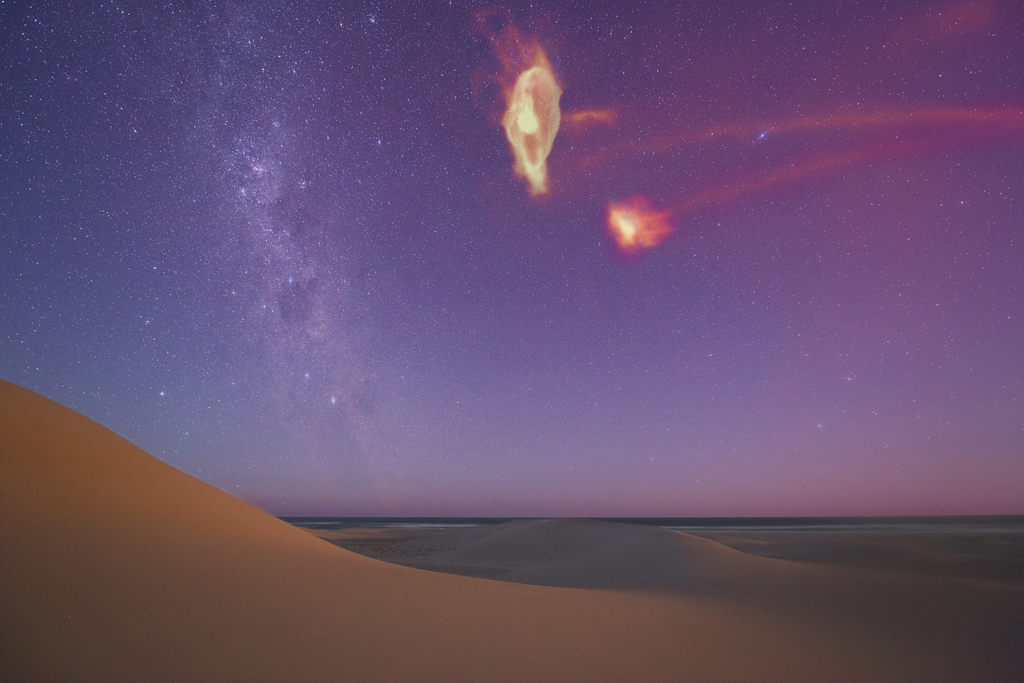
A flow of gas known as the Magellanic Current is closer to the Milky Way than previously thought, and could end up colliding with our galaxy. This formation is the result of the Small and Large Magellanic Cloud dwarf galaxies orbiting around the Milky Way, but scientists previously calculated that it would be much further away.
However, there is nothing to worry about, as the Magellanic Current is 65,000 light-years away from Earth. It could end up being absorbed by the Milky Way in 50 million years, but it won’t do any harm to our galaxy. In fact, the consequence of this will be the formation of new stars.
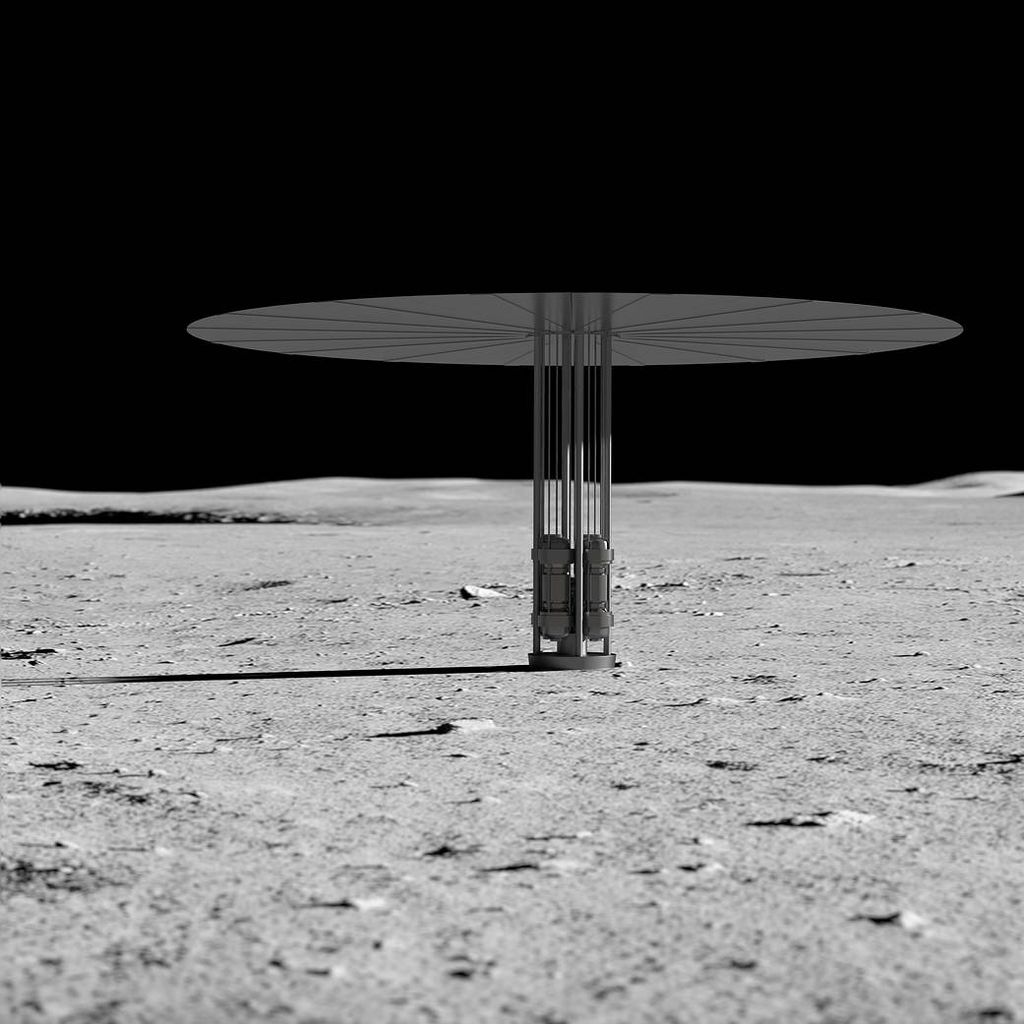
NASA is inviting private companies to develop concepts for a nuclear fission system to fuel future human colonies on the Moon, with up to ten years to implement the technology there. According to the space agency, nuclear fission is the most practical option for this purpose.
The production system should be able to produce at least 40 kilowatts of energy, which would be enough for astronauts and their dwellings on the moon for a period of 10 years. Concept proposals must be submitted by February 2022, when NASA will release the most promising ones. Afterwards, it will help selected companies to develop these concepts over a 12-month period.
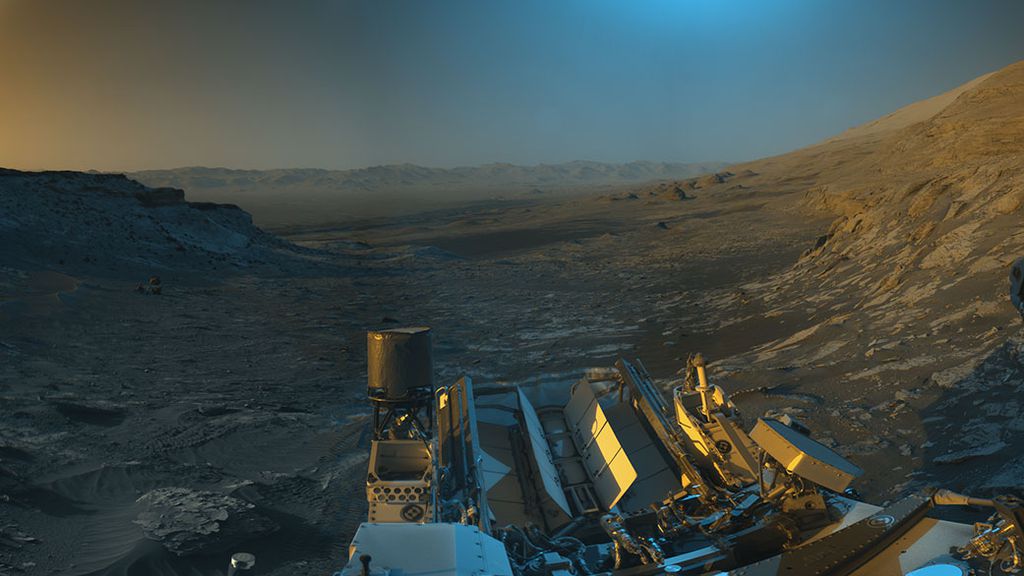
NASA has released yet another record of the Martian landscape taken by the Curiosity rover, currently located on the side of Mount Sharp in the crater Gale. The panoramic image is the combination of two black and white photographs taken by your navigation cameras. With post-process editing, the final image came to life and color — a true postcard of Mars.
In the center of the image is Mount Sharp, a 5 km high mountain located in the middle of the Gale crater. In the direct center of the panorama, the rounded sand hills, an area known as the Sands of Forvie. At the far right is Rafael Navarro Mountain.
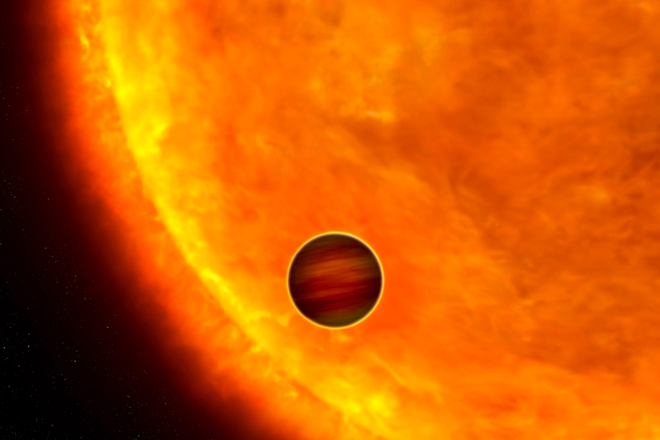
TOI-2109b is a newly discovered exoplanet five times the mass of Jupiter and takes just 16 hours to travel around its star. This is impressive, as it is the shortest orbit of any gas giant ever identified.
The day side of the planet can have temperatures as high as 3,500 K, something close to 6,000 °C, making the planet as hot as its own star! Needless to say, it’s also one of the hottest exoworlds detected to date, and things could get even hotter there: TOI-2109b could be on a spiral path toward the star.
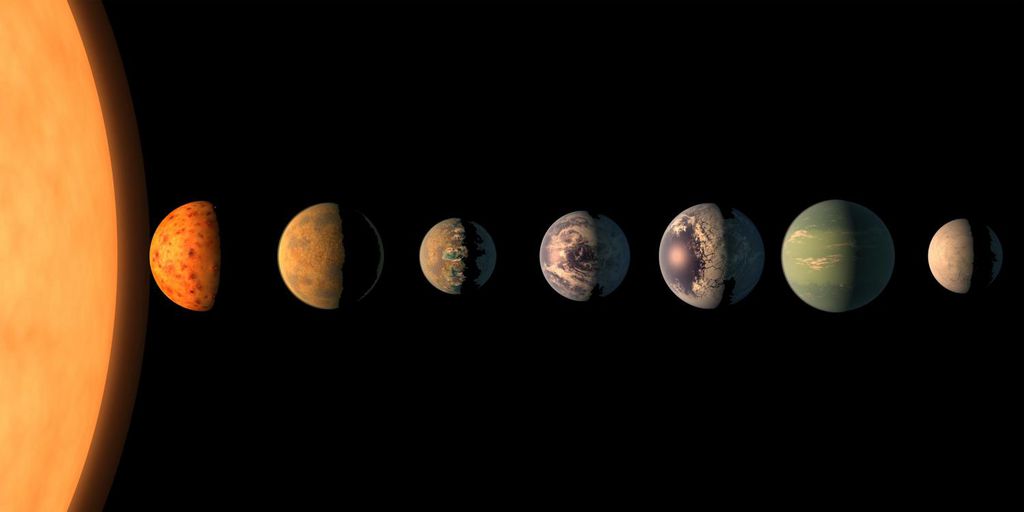
The TRAPPIST-1 system, made up of seven rocky worlds, are in harmonic orbit, and a new study has found that this is only possible if these planets formed in an environment free from asteroid impacts. Otherwise, the orbits would have been disturbed and the resonance between them would have ceased to exist.
This makes this system quite different from the Solar System, at least as far as formation processes are concerned. Here on Earth, for example, some of our water was probably brought in through the large impacts, so TRAPPIST-1 might not be as rich in water — or it got its liquids through other processes.
UPDATE: @NASAWebb is now targeted to launch no earlier than Dec. 22 to allow additional testing after a sudden, unplanned release of a clamp that secures the spacecraft to its rocket adapter sent vibrations throughout the observatory: https://t.co/YCHnFLbRIr pic.twitter.com/NX5spmt26C
– NASA (@NASA) November 22, 2021
The James Webb Space Telescope would be launched on December 18th, but a small unforeseen event postponed the long-awaited moment to December 22nd. In a statement, NASA revealed an incident with the telescope, which required some analysis to see if everything was okay with it. Fortunately, there was no damage, so the date is actually scheduled for December 22nd.
It’s #SunDay! ☀️ And #ParkerSolarProbe is making the most of it. ????
Today Parker is breaking its own records, completing its closest and fastest pass of the Sun yet.
More: https://t.co/eGdheuvXFT pic.twitter.com/wiVJ9BxWAJ
— NASA Sun & Space (@NASASun) November 21, 2021
NASA’s Parker Solar Probe spacecraft set new records for distance and speed when it made its tenth solar overflight over our star last Sunday (21), and reached an impressive 163 km/s (or 586,000 km/h). So she broke her own previous record (although NASA hasn’t given much detail about what those records were).
Liftoff! pic.twitter.com/Kx5n6TwriC
— SpaceX (@SpaceX) November 24, 2021
In the early hours of Wednesday (24), NASA launched the DART mission, which will test the approach of colliding with an asteroid to try to deviate its orbit. If successful, the strategy could be used to protect Earth from any possible danger of collision with potentially dangerous rocks. The launch was on a SpaceX Falcon 9, rocket, at 3:21 am GMT.
After 20 days of travel, the mission team will activate an ion propulsion system, while a camera will make the first records of the binary system Didymos, the “guinea pig” of the experiment, about 30 days before impact. When there are 10 days left, DART will release a satellite before crashing into Dimorphos, the smaller of the two objects, at around 24,000 km/h.
Read too:
–
